Deep learning and Machine learning
Deep Learning
The biological inspiration
- Neurons in your cerebral cortex are connected via axons
- A neuron “fires” to the neurons it’s connected to, when enough of its input signals are activated.
- Very simple at the individual neuron level – but layers of neurons connected in this way can yield learning behavior.
- Billions of neurons, each with thousands of connections, yields a mind
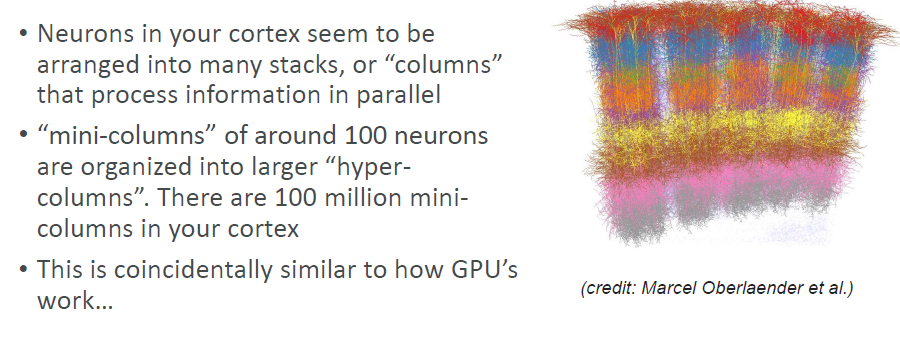
TensorFlow and Keras: A Brief Overview
TensorFlow
- TensorFlow is an open-source machine learning framework developed by Google.
- It provides a flexible and efficient platform for building and training deep neural networks.
- Key features:
- Graph-based computation: TensorFlow represents computations as directed acyclic graphs (DAGs), allowing efficient execution on CPUs, GPUs, or TPUs.
- Automatic differentiation: TensorFlow computes gradients automatically for optimization during training.
- High-level APIs: TensorFlow offers both high-level and low-level APIs for model development.
- Community support: A large community actively contributes to TensorFlow's ecosystem.
Keras
-
Keras is a high-level neural networks API written in Python.
-
Originally developed as an independent library, it is now part of TensorFlow.
-
Key features:
- User-friendly: Keras provides a simple and intuitive interface for designing neural networks.
- Modularity: You can easily stack layers to create complex architectures.
- Extensibility: Keras allows custom layer creation and model customization.
- Compatibility: It seamlessly integrates with TensorFlow and other deep learning libraries.
Code Snippets
Creating a Simple Neural Network in Keras
import tensorflow as tf
from tensorflow.keras import layers, models
# Define a sequential model
model = models.Sequential([
layers.Dense(64, activation='relu', input_shape=(784,)),
layers.Dense(10, activation='softmax')
])
# Compile the model
model.compile(optimizer='adam',
loss='sparse_categorical_crossentropy',
metrics=['accuracy'])
# Print model summary
model.summary()
Using TensorFlow's Low-Level API
import tensorflow as tf
# Create a simple computational graph
a = tf.constant(2.0)
b = tf.constant(3.0)
c = a * b
# Execute the graph
with tf.Session() as sess:
result = sess.run(c)
print(f"Result: {result}")
Types of Neural Networks
Feedforward Neural Networks (FNNs)
- They consist of multiple layers of interconnected neurons, with no feedback loops.
- Information flows in one direction, from the input layer through the hidden layers to the output layer.
Convolutional Neural Networks (CNNs)
- They are designed to process data with grid-like topology, such as images.
- They use a special type of neuron called a convolutional neuron, which applies a convolution operation to the input data.
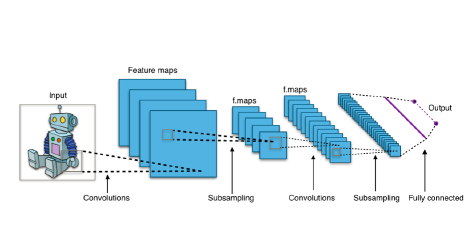
Convolution is just a fancy way of saying that we are going to divide the input data into overlapping chunks and perform the same operation on each chunk.
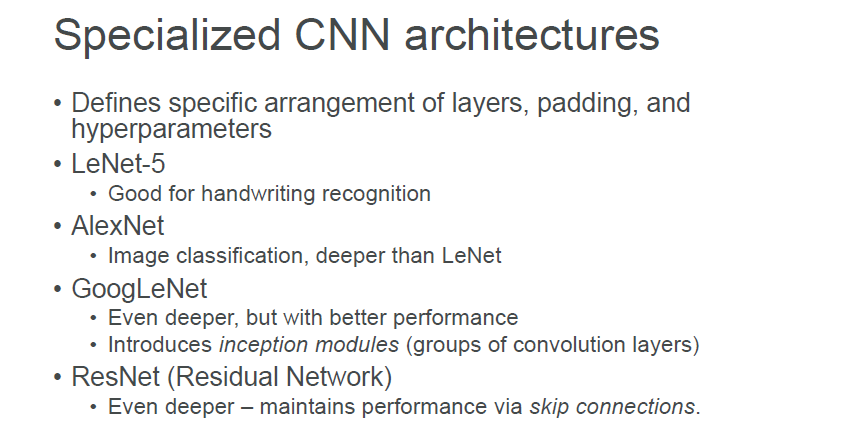
Recurrent Neural Networks (RNNs)
- Deals with sequence in time or space.
- Sequence-to-sequence: Translate a sentence from one language to another.q
- Sequence-to-vector: Sentiment analysis.
- Vector-to-sequence: Image captioning.
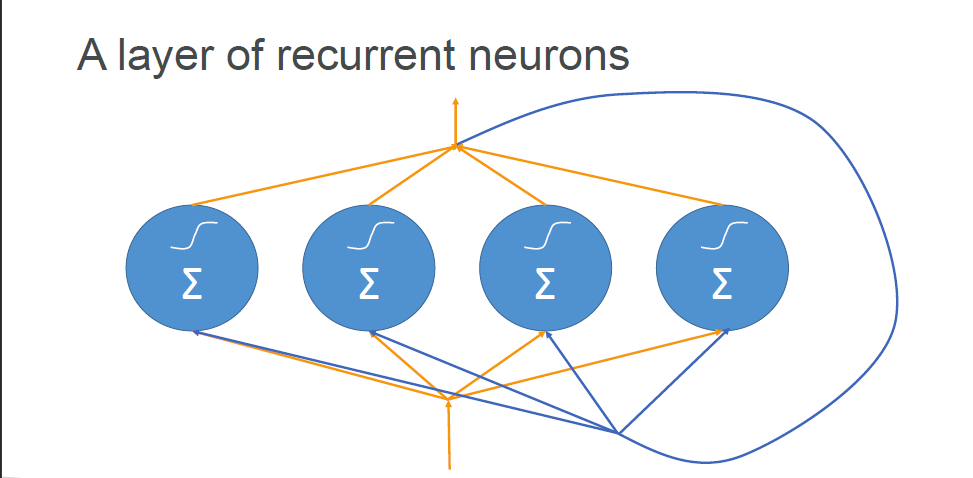
Types of Activation function
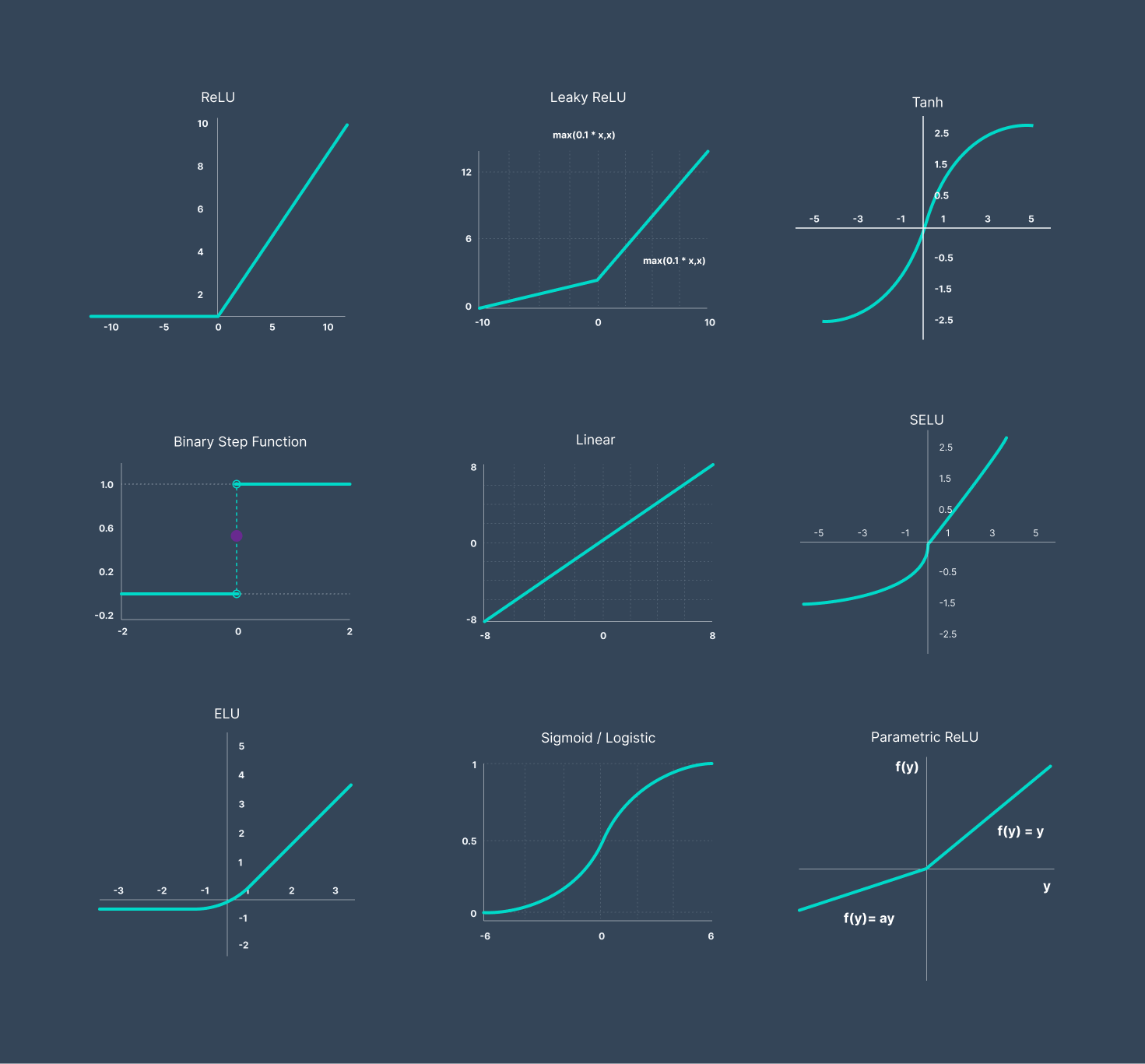
Activation functions are crucial elements in neural networks as they introduce non-linearity into the computations. Without activation functions, the neural network would essentially behave like a single linear function, severely limiting its ability to learn and model complex relationships between inputs and outputs. By applying non-linear activation functions to the weighted sums from each layer, the network gains the capability to capture intricate patterns and representations, enabling it to tackle sophisticated tasks effectively.
Neural Network
The game is simple just make this
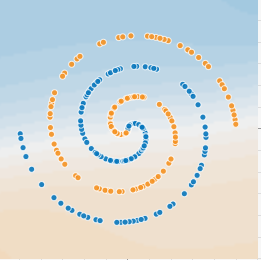
Be like this
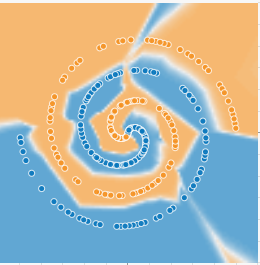
Checklist in the website to do
- Press Train
- Change learning Rate
- Change Activation layer
- Regularization
- Regularization Rate
- Problem Type
Modern Natural Language Processing
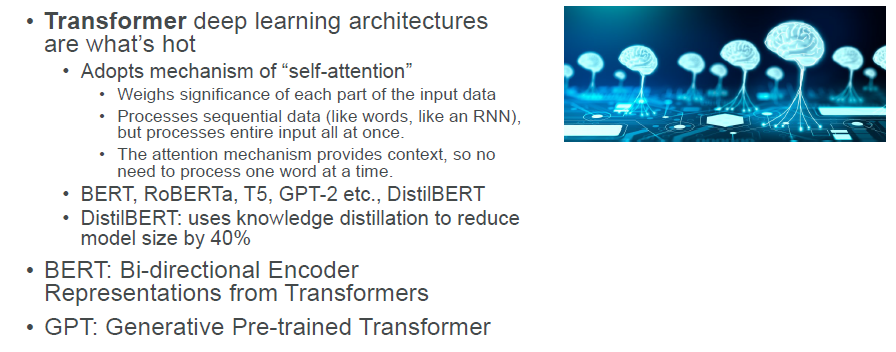
Transfer Learning
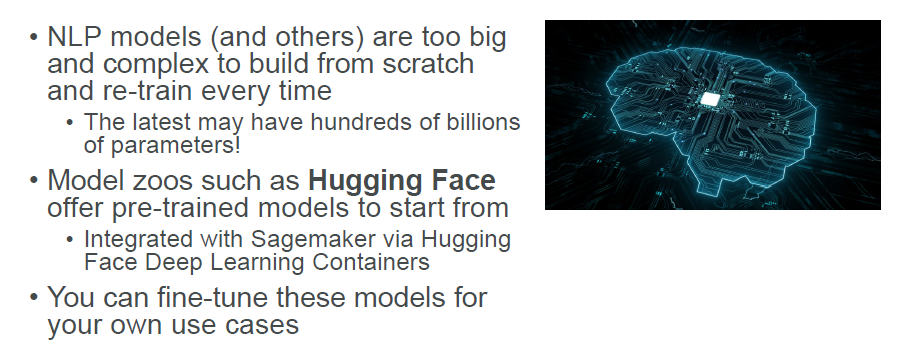
Batch size
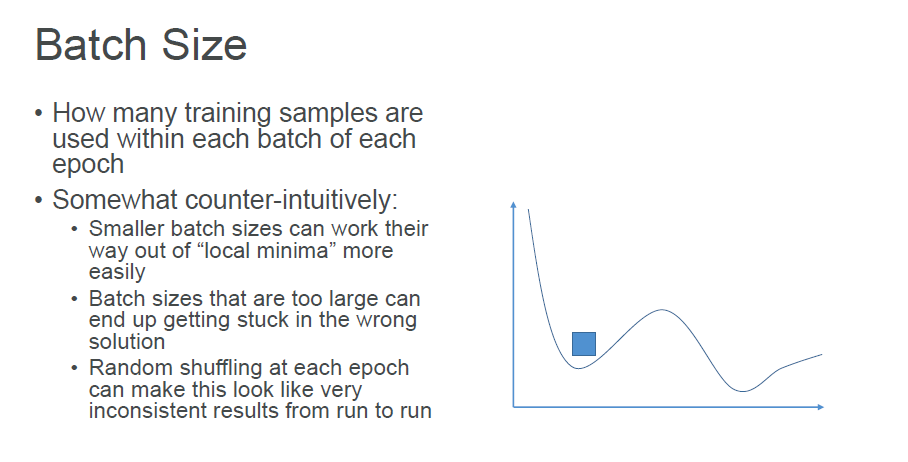
Smaller Batch Size is more Effective
Confusion Matrix
Go Read
Machine Learning Pipeline on AWSMachine Learning Pipeline on AWSBuilding End-to-End Machine Learning Pipelines on AWS Machine learning pipelines represent the systematic approach to transforming raw data into production-ready models that deliver business value. This comprehensive guide explores the complete ML pipeline lifecycle on AWS, from problem formulation to model deployment, with practical examples and best practices for building scalable, reliable ML solutions. The ML Pipeline Lifecycle: A Comprehensive Overview A machine learning pipeline is a s